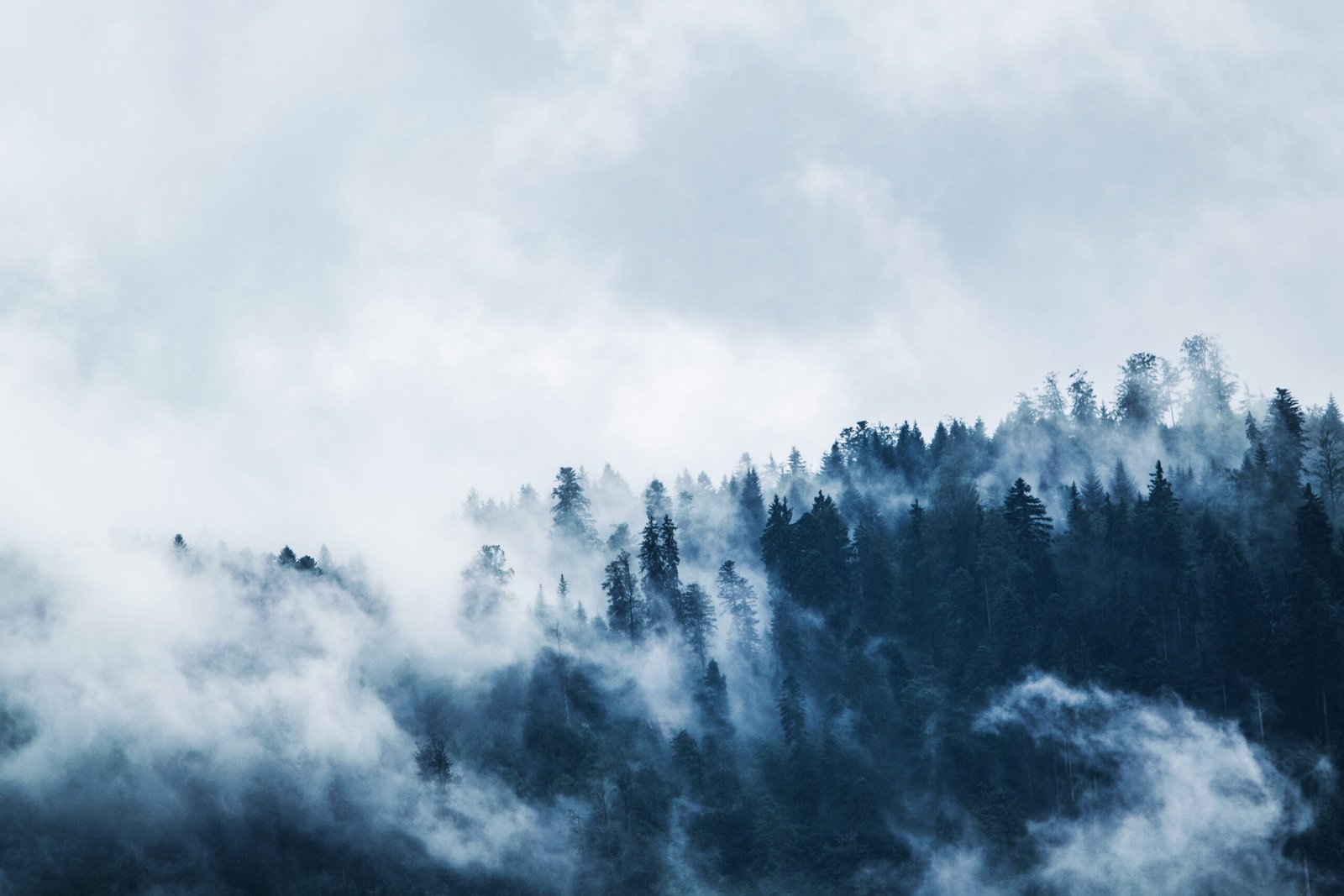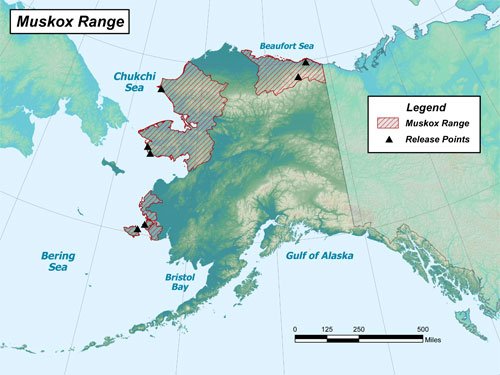
Muskox Hunting in Alaska
If you’re looking for an exciting hunting opportunity in Alaska, muskox hunting might just be the adventure you’re seeking. Muskox, a northern animal once on the brink of extinction, have made a remarkable comeback in Alaska thanks to conservation efforts. These majestic creatures, well-adapted to life in the Arctic, can grow to be over five feet tall at the shoulder and weigh up to 800 pounds. With their distinctive appearance and impressive horns, they make for a thrilling hunting experience. The harvest of muskox in Alaska has been increasing steadily in recent years, making now a great time to join in on the action. So gear up and get ready to embark on an unforgettable hunting journey in the Last Frontier.
Alaska’s Muskox: An Overview
Alaska is home to a unique and fascinating species of animal: the muskox. These large, shaggy creatures have a rich history in the state and have become a symbol of resilience and adaptation. In this article, we will explore the muskox’s place in Alaskan history, their physical attributes and habitat, tips for identifying them during hunting, the licensing and permit process, popular hunting regions, hunting practices and techniques, the advantages of muskox hunting, conservation efforts, and the hunting community and resources available.
Muskox in Alaskan History
The muskox has a long and storied history in Alaska. At the close of the last ice age, muskox were found across northern Europe, Asia, Greenland, and North America, including Alaska. However, by the mid-1800s, muskox had disappeared from Europe and Asia. By the 1920s, they had also disappeared from Alaska, with the only remaining muskox being found in East Greenland and Arctic Canada.
International concern over the impending extinction of this unique animal led to an effort to restore a population in Alaska. In 1930, 34 muskox were captured in East Greenland and brought to Fairbanks. This group was then transferred to Nunivak Island, a large island in the Bering Sea. The muskoxen thrived there, and by 1968, the herd had grown to 750 animals. Muskox from the Nunivak herd were later translocated to establish new herds in various locations, including the Seward Peninsula, the Arctic National Wildlife Refuge, and Wrangel Island in Russia. Currently, the population is booming, with almost 4,000 muskoxen existing in Alaska.
Resurgence of the Muskox Population in Alaska
In recent years, the herds in the Arctic National Wildlife Refuge and adjoining areas have experienced a decline. However, overall, the harvest of muskox in Alaska has increased steadily. For example, 98 animals were harvested in 2003, and 258 were harvested in 2007. This increase in hunting opportunities is a testament to the successful conservation efforts that have taken place.
Physical Attributes of Muskox
Muskoxen are unique creatures with distinct physical features. They are stocky and covered in long, shaggy hair, which helps them survive in the harsh Arctic climate. Both males and females have horns, but the horns of bulls are larger and heavier than those of cows.
Mature bulls can reach a height of about 5 feet at the shoulder and weigh between 600 and 800 pounds. Cows are smaller, averaging around 4 feet in height and weighing between 400 and 500 pounds. When dressed, an 800-pound muskox can provide roughly 275 pounds of meat.
Difference Between Bulls and Cows
One way to differentiate between male and female muskoxen is by observing their horns. Bulls have larger, more massive horns that curve slightly forward. In contrast, cows have smaller, more slender horns that curve backward.
Adaptations for Arctic Climatic Conditions
Muskoxen have a number of adaptations that allow them to thrive in the harsh Arctic climate. Their shaggy coat provides insulation and protection against the cold. In addition, they have a layer of fat under their skin to help keep them warm. Muskoxen also have short tails, which minimize the risk of frostbite. These adaptations allow them to survive in areas with shallow snow accumulations or areas blown free of snow during the winter.

Muskox Habitat and Diet
Muskoxen prefer habitats with shallow snow accumulations or areas that are blown free of snow during the winter. They are poorly adapted for digging through heavy snow for food, so they rely on finding areas with access to vegetation. This can include grasses, sedges, forbs, and woody plants. Muskoxen are grazers and will consume a wide variety of plants to meet their nutritional needs.
Common Diet and Nutrition Sources
In Alaska, muskoxen primarily feed on grasses, sedges, and forbs. They also consume woody plants when necessary. These food sources provide them with the necessary nutrients to thrive in the Arctic environment.
Identifying Muskox During Hunting
Identifying muskox during hunting can be a challenge, especially for novice hunters. However, there are a few tips that can help you accurately identify these majestic creatures.
One tip is to observe the footprints and scat. Muskoxen leave unique footprints, and their scat resembles that of bison. In summer, their scat forms patties, while in winter, pellets form due to the lack of moisture in their diet.
Understanding horn sizes is another important aspect of identifying muskox. Bulls have larger, more massive horns compared to cows. By examining the size and shape of the horns, you can determine the sex of the muskox.
Differentiating between male and female muskoxen is crucial during hunting. The size and shape of the horns are the most reliable indicators of gender. Bulls have larger, more massive horns that curve slightly forward, while cows have smaller, more slender horns that curve backward.
Muskox Hunting Licenses and Permits in Alaska
Before you embark on a muskox hunting adventure in Alaska, it’s important to understand the licensing and permit requirements.
There are various types of licenses available, each with its own cost. The specific fees can be found on the Alaska Department of Fish and Game’s website. It’s important to familiarize yourself with the different license types and their associated costs before applying.
General season and registration permits are required for hunting muskox in Alaska. These permits can be obtained through the Alaska Department of Fish and Game’s licensing division. Detailed information on the application process and deadlines can be found on their website.
Drawing permits are another option for muskox hunting. These permits are awarded through a lottery system and provide the opportunity to hunt in specific areas. It’s important to understand the drawing permit process and timeline to ensure you meet all the requirements.
Where to Hunt Muskox in Alaska
Alaska offers a variety of hunting regions for muskox enthusiasts. These regions each have their own unique characteristics and offer hunters different opportunities.
Nunivak Island, located in the Bering Sea, is a popular hunting destination for muskox. It is home to a thriving muskox population and provides an ideal habitat for these animals. Exploring Nunivak Island can be an unforgettable experience for hunters.
The Seward Peninsula is another hunting region worth exploring. This area is known for its diverse wildlife and stunning landscapes. Hunting muskox on the Seward Peninsula offers the opportunity to immerse yourself in Alaska’s natural beauty.
Hunting Practices and Techniques
Muskox hunting techniques have evolved over time. While each hunter may have their own preferred method, there are some trending techniques that have proven to be successful.
One popular technique is spot-and-stalk hunting. This method involves spotting muskox from a distance and then slowly approaching them on foot. It requires patience, stealth, and good field craft skills.
Another technique is calling. Hunters can use muskox vocalizations to attract these animals. This technique requires a good understanding of muskox behavior and the ability to mimic their calls effectively.
It’s important to note that there are rules and regulations in place for muskox hunts in Alaska. These regulations are designed to ensure ethical hunting practices and sustain the muskox population. Familiarize yourself with these rules before heading out on your hunting adventure.
Safety is a top priority in any hunting activity. It’s essential to practice safe hunting practices, including proper firearm handling, navigation skills, and communication with hunting partners. Proper equipment and clothing are also crucial for staying safe and comfortable in the Arctic environment.
Advantages of Muskox Hunting
Muskox hunting is popular among hunters for several reasons. One advantage is the unique and challenging hunting experience it offers. Hunting muskox requires skill, patience, and adaptability due to the harsh Arctic environment. It is a true test of a hunter’s abilities and provides a sense of accomplishment.
Another advantage is the opportunity to obtain a high-quality source of meat. Muskox meat is lean, delicious, and highly nutritious. Hunting a muskox allows you to fill your freezer with this premium meat, providing a sustainable food source for you and your family.
Environmental Impact of Muskox Hunting
Muskox hunting also has positive environmental impacts. Responsible hunting practices contribute to wildlife management efforts and help maintain healthy populations. By participating in regulated hunting, hunters assist in balancing the ecosystem and ensuring the long-term survival of muskox and other species.
Conservation Efforts for Muskox in Alaska
Numerous conservation efforts have been undertaken to preserve and protect the muskox population in Alaska. These efforts aim to maintain healthy populations and preserve the habitat necessary for their survival.
Conservation programs and plans are in place to monitor muskox populations, study their behaviors, and ensure sustainable hunting practices. These initiatives involve collaboration between government agencies, conservation organizations, and local communities.
Alaskan Hunting Community and Resources
Alaska has a strong and vibrant hunting community. Hunters in Alaska are passionate about the sport and actively contribute to the conservation and preservation of wildlife.
The Alaska Department of Fish and Game is a valuable resource for hunters in the state. They provide information on licenses and permits, hunting regulations, and updates on muskox populations. The department also offers educational programs and resources to ensure that hunters are well-informed and prepared.
Continued hunter education is essential for both novice and experienced hunters. The Alaska Department of Fish and Game offers a range of classes and workshops to enhance hunter skills and knowledge. These programs provide valuable information on safety, ethics, and responsible hunting practices.
Alaska is rich in hunting resources, including guidebooks, brochures, and checklists. These resources can be obtained online or through local hunting organizations. They offer valuable tips and guidance for planning a successful muskox hunting trip.
In conclusion, muskox hunting in Alaska offers a unique and challenging experience for hunters. These majestic creatures have a rich history in the state and have made a remarkable comeback due to conservation efforts. By following hunting regulations, practicing ethical hunting practices, and contributing to wildlife management efforts, hunters can help maintain healthy muskox populations for future generations to enjoy.